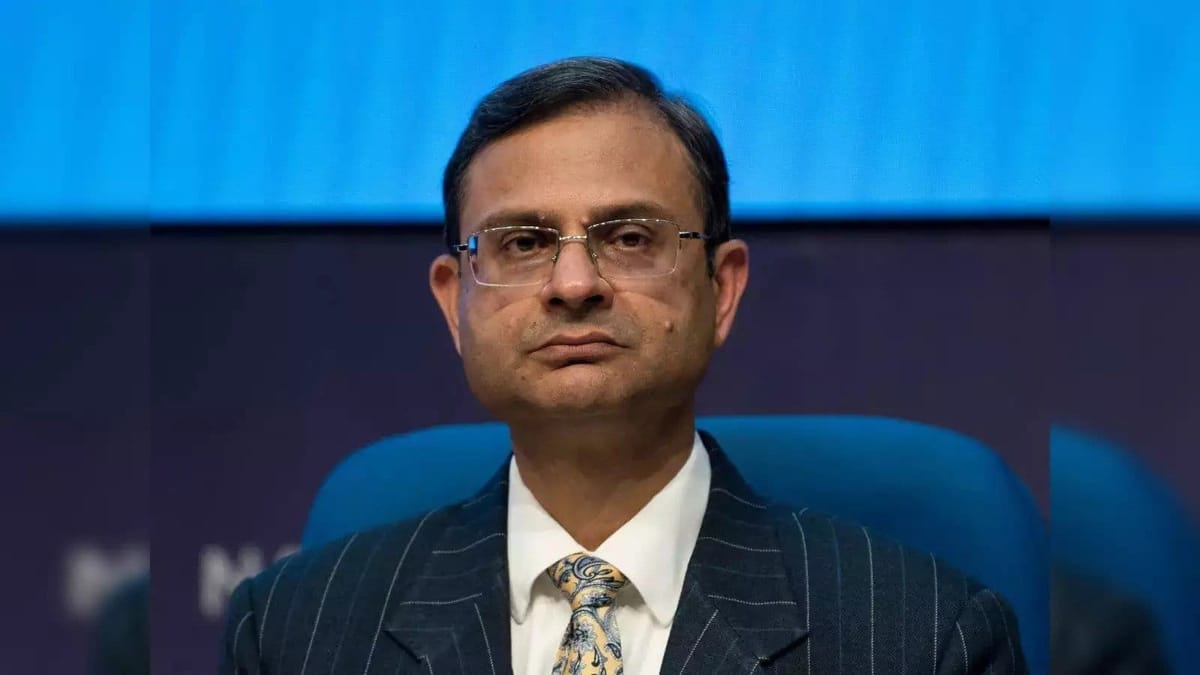
The Union government has appointed Indian Administrative Services (IAS) officer Sanjay Malhotra , 56, as the next governor of the Reserve Bank of India (RBI) for a three-year term, starting December 11. Malhotra, who is currently serving as the Secretary of the Department of Revenue, succeeds Shaktikanta Das, whose tenure ends today.
From the 1990 batch of the Rajasthan cadre, Malhotra has previously served as the financial services secretary and was on the RBI board. During his tenure at the Department of Revenue, he led key reforms in taxation and advocated for the use of technology to improve tax collection and simplify processes.
According to banking expert MC Govardhana Rangan of The Economic Times, Malhotra faces a more stable economy than his predecessors, with no immediate currency crises or ruptured government relations. Rangan points out that, as Malhotra steps into office, he will inherit a strong banking system and a financial market eager to grow, but will need to navigate complex regulatory issues and evolving challenges in monetary policy.
Rangan notes that the Indian banking sector, which struggled with bad loans and institutional collapses, has recovered significantly under RBI's regulatory measures. However, a potential global disruption, like the rise of cryptocurrency, which the previous governor firmly rejected, could force Malhotra to reconsider its regulation in the face of mounting international interest.
Shaktikanta Das leaves legacy of stability after six-year tenure
Shaktikanta Das, recognised as the world’s best central banker for the past two years, will step down today after six years as Governor of the Reserve Bank of India (RBI). His tenure saw India navigate the challenges of the COVID-19 pandemic, global economic headwinds, and geopolitical upheavals, such as the Ukraine war and the Middle East crisis. Das maintained a focus on financial stability, inflation control, and regulatory reforms. Under his leadership, India’s foreign exchange reserves peaked at $704 billion, while the rupee remained stable amidst record dollar outflows. His handling of the economy was marked by a consultative approach and strategic reforms, including the pre-emptive regulation of banks.

